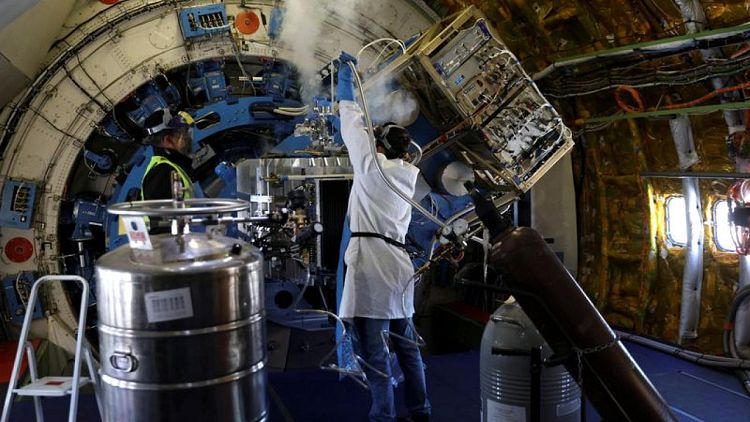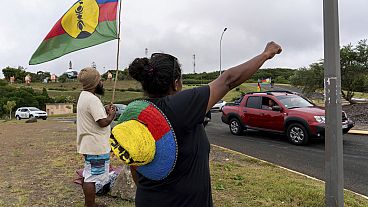SANTIAGO - An airplane-borne telescope has flown high above Chile at night this month to observe a sliver of the universe as scientists aim to gain a better understanding of how stars are born.
The U.S. space agency NASA's Stratospheric Observatory for Infrared Astronomy (SOFIA), a state-of-the-art Boeing 747 fitted with a telescope able to observe the entire infrared spectrum, arrived in Chile this month, marking its first visit to South America.
"We're an infrared observatory and we are filling the gap between the visible light and the X-ray light for astronomers to study the universe," said Ed Harmon, manager of operations for SOFIA.
SOFIA's main goal in Chile, Harmon added, was to collect data on the Large Magellanic Cloud - one of the closest galaxies to our Milky Way - which is easily observable from the vantage point of Santiago. The team also collected data on a number of celestial objects visible only from Earth's southern hemisphere.
Harmon said SOFIA has been mapping infrared observations for years and hopes the recent flights in Chile can help complete the study. The two-week mission in Chile started on March 18.
"This mission here in Chile will help us conclude and finalize that proposal and hopefully produce a very important science paper on the Magellanic Cloud characteristics in the near future," Harmon said.
NASA hopes that data about the Large Magellanic Cloud will help scientists better understand how stars are formed.
SOFIA flies at an altitude of more than 45,000 feet (13,700 meters) at the edge of the atmosphere, which blocks most infrared rays. Once at the required altitude, the fuselage opens up so a telescope with a 8.2-foot (2.5-meter) diameter can observe the sky and start recording data that scientists analyze later.



